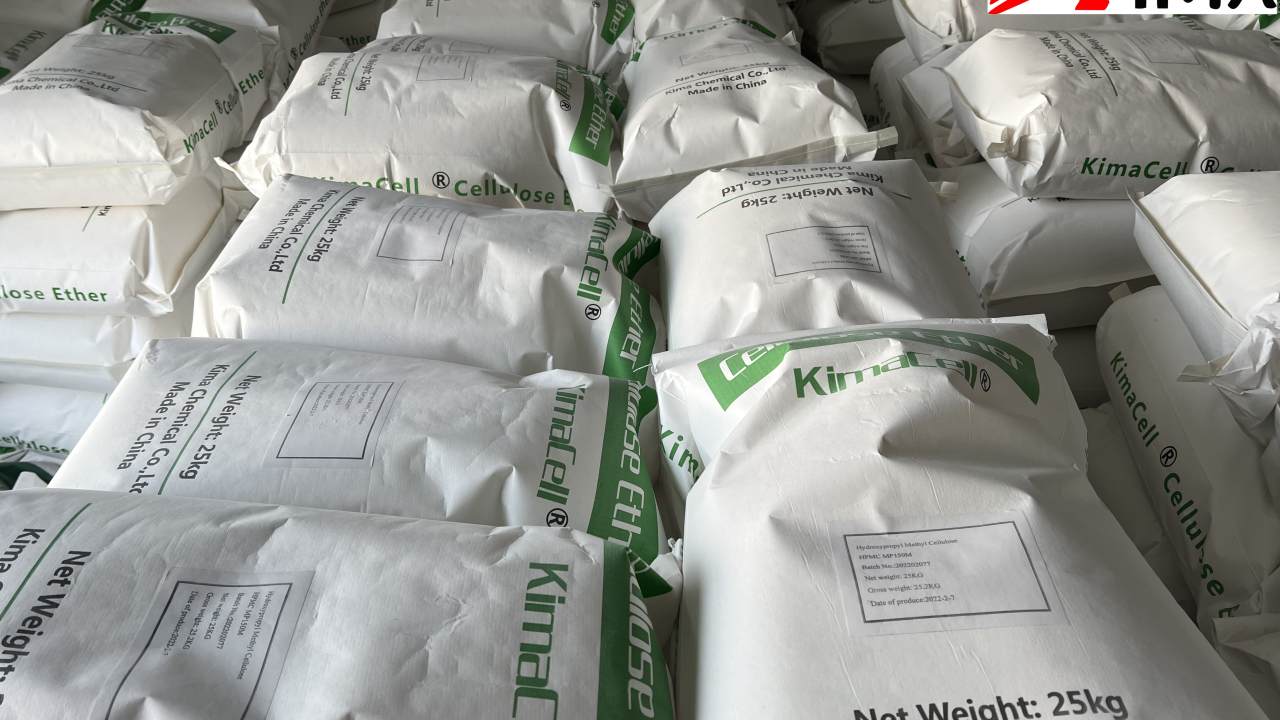Welcome to KIMA CHEMICAL CO., LTD, a leader in providing high-quality chemical products. In this article, we explore Cellulose ethers a group of versatile additives derived from natural cellulose, widely used across many industries for their exceptional functional properties.
What Are Cellulose Ethers?
Cellulose ethers are water-soluble polymers obtained by chemically modifying natural cellulose. Cellulose, a structural component of plant cell walls, is abundant and renewable. By introducing ether groups into the cellulose backbone, manufacturers produce cellulose ethers with enhanced solubility, viscosity, and film-forming capabilities.
These modifications enable cellulose ethers to perform a variety of functions such as thickening, binding, emulsifying, and stabilizing, making them indispensable in industrial formulations.
Types of Cellulose Ethers
There are several types of cellulose ethers, each with specific characteristics suited for different applications:
Hydroxypropyl Methylcellulose (HPMC)
HPMC is one of the most common cellulose ethers. It offers excellent thickening, film-forming, and adhesive properties, making it popular in construction materials, pharmaceuticals, and food products.
Methylcellulose (MC)
Methylcellulose is used primarily as a thickener and emulsifier. It forms a gel when heated and reverses upon cooling, making it valuable in culinary applications and personal care products.
Carboxymethyl Cellulose (CMC)
CMC is an anionic cellulose ether widely used as a stabilizer and thickener. It is soluble in water and enhances texture and moisture retention in various formulations, from food to detergents.
Hydroxyethyl Cellulose (HEC)
HEC serves as a thickener and rheology modifier. It is commonly found in paints, cosmetics, and adhesives due to its ability to provide a smooth, consistent texture.
Applications of Cellulose Ethers
Cellulose ethers are incredibly versatile, finding uses in diverse sectors. Below, we discuss key industries benefiting from these additives.
Construction Industry
In construction, cellulose ethers improve workability, water retention, and adhesion in cement, mortar, and plaster. Their ability to control viscosity ensures smooth application and durability of building materials.
Pharmaceutical Industry
Cellulose ethers act as binders, stabilizers, and controlled-release agents in tablet formulations. HPMC, for example, is widely used in controlled drug delivery systems due to its film-forming properties.
Food Industry
As food additives, cellulose ethers function as thickeners, stabilizers, and emulsifiers. They help improve texture, moisture retention, and shelf life in products like ice cream, sauces, and bakery goods.
Personal Care Products
Cellulose ethers provide viscosity control, film formation, and emulsification in cosmetics, shampoos, and lotions, enhancing product stability and sensory appeal.
Paints and Coatings
Cellulose ethers improve the rheology of paints and coatings, ensuring smooth application and preventing sagging or settling of pigments.
Benefits of Using Cellulose Ethers
The widespread use of cellulose ethers stems from their numerous advantages:
Renewable and Sustainable
Derived from natural cellulose, cellulose ethers are eco-friendly and biodegradable, aligning with green chemistry principles.
Water Solubility and Safety
Most cellulose ethers dissolve easily in water, making them safe and easy to handle without hazardous solvents.
Versatility
With a range of functional properties like thickening, binding, and stabilizing, cellulose ethers adapt well to various formulations.
Stability Under Diverse Conditions
Cellulose ethers maintain performance across different pH levels, temperatures, and ionic strengths, making them reliable additives.
Enhances Product Quality
From improving texture to extending shelf life, cellulose ethers contribute significantly to product performance and consumer satisfaction.
How Cellulose Ethers Are Manufactured
The production of cellulose ethers involves several stages:
- Purification of Cellulose: Natural cellulose is isolated from plant sources such as wood pulp or cotton.
- Alkalization: Cellulose is treated with alkaline solutions to activate hydroxyl groups.
- Etherification: Activated cellulose reacts with etherifying agents (e.g., methyl chloride for MC, propylene oxide for HPMC).
- Purification and Drying: The modified cellulose ether is purified to remove by-products and dried into powder or granules.
The degree of substitution (number of ether groups attached) and molecular weight determine the final properties of cellulose ethers.
Factors to Consider When Choosing Cellulose Ethers
Selecting the right cellulose ether depends on application requirements:
- Viscosity: Different grades offer low to high viscosity for desired thickness.
- Solubility: Some cellulose ethers dissolve in cold water, others require hot water.
- Chemical Compatibility: Compatibility with other formulation ingredients is crucial.
- Thermal Stability: Some applications need cellulose ethers that withstand heat.
- pH Range: Stability across pH levels ensures product consistency.
Innovations and Trends in Cellulose Ethers
Recent advancements focus on enhancing performance and sustainability:
- Bio-based and biodegradable grades are being developed to reduce environmental impact.
- Nano-cellulose ethers offer improved mechanical strength and novel functional properties.
- Customized cellulose ethers tailored for specific industrial needs enhance efficiency and product differentiation.
Conclusion
At KIMA CHEMICAL CO., LTD, we recognize the immense value of cellulose ethers as versatile additives derived from natural cellulose. Their multifunctional roles across industries—from construction to personal care—highlight their importance in modern formulations. The combination of sustainability, functionality, and adaptability makes cellulose ethers a vital component in innovative product development. By understanding their types, benefits, and applications, businesses can leverage cellulose ethers to enhance quality, performance, and environmental responsibility.
